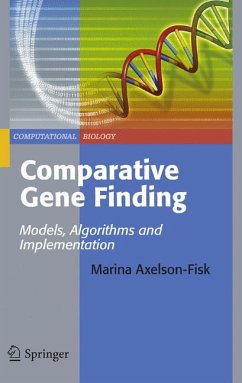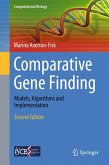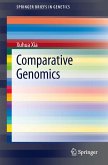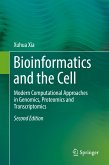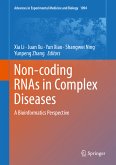Comparative genomics is a new and emerging ?eld, and with the explosion of ava- able biological sequences the requests for faster, more ef?cient and more robust algorithms to analyze all this data are immense. This book is meant to serve as a self-contained instruction of the state-of-the-art of computational gene ?nding in general and of comparative approaches in particular. It is meant as an overview of the various methods that have been applied in the ?eld, and a quick introduction into how computational gene ?nders are built in general. A beginner to the ?eld could use this book as a guide through to the main points to think about when constructing a gene ?nder, and the main algorithms that are in use. On the other hand, the more experienced gene ?nder should be able to use this book as a reference to different methods and to the main components incorporated in these methods. I have focused on the main uses of the covered methods and avoided much of the technical details and general extensions of the models. In exchange I have tried to supply references to more detailed accounts of the different research areas touched upon. The book, however, makes no claim on being comprehensive.
"The structure of the book mirrors the learning steps for understanding how to perform gene finding. ... Its target audience is mainly post-graduate researchers or established researchers with a background in mathematics or statistics applied in bioinformatics who need a thorough yet concise overview of this field." (Irina Ioana Mohorianu, zbMATH 1350.92001, 2017)
"It skillfully introduces readers to a difficult subject, while at the same time motivating them to enter this very important area. ... It is best suited for a graduate course or as an introduction for researchers not familiar with this field. ... this is an excellent introduction to comparative gene finding. ... I especially recommend this book to any computer scientist with an interest in current problems in bioinformatics." (Burkhard Englert, Computing Reviews, December, 2015)
"It skillfully introduces readers to a difficult subject, while at the same time motivating them to enter this very important area. ... It is best suited for a graduate course or as an introduction for researchers not familiar with this field. ... this is an excellent introduction to comparative gene finding. ... I especially recommend this book to any computer scientist with an interest in current problems in bioinformatics." (Burkhard Englert, Computing Reviews, December, 2015)
